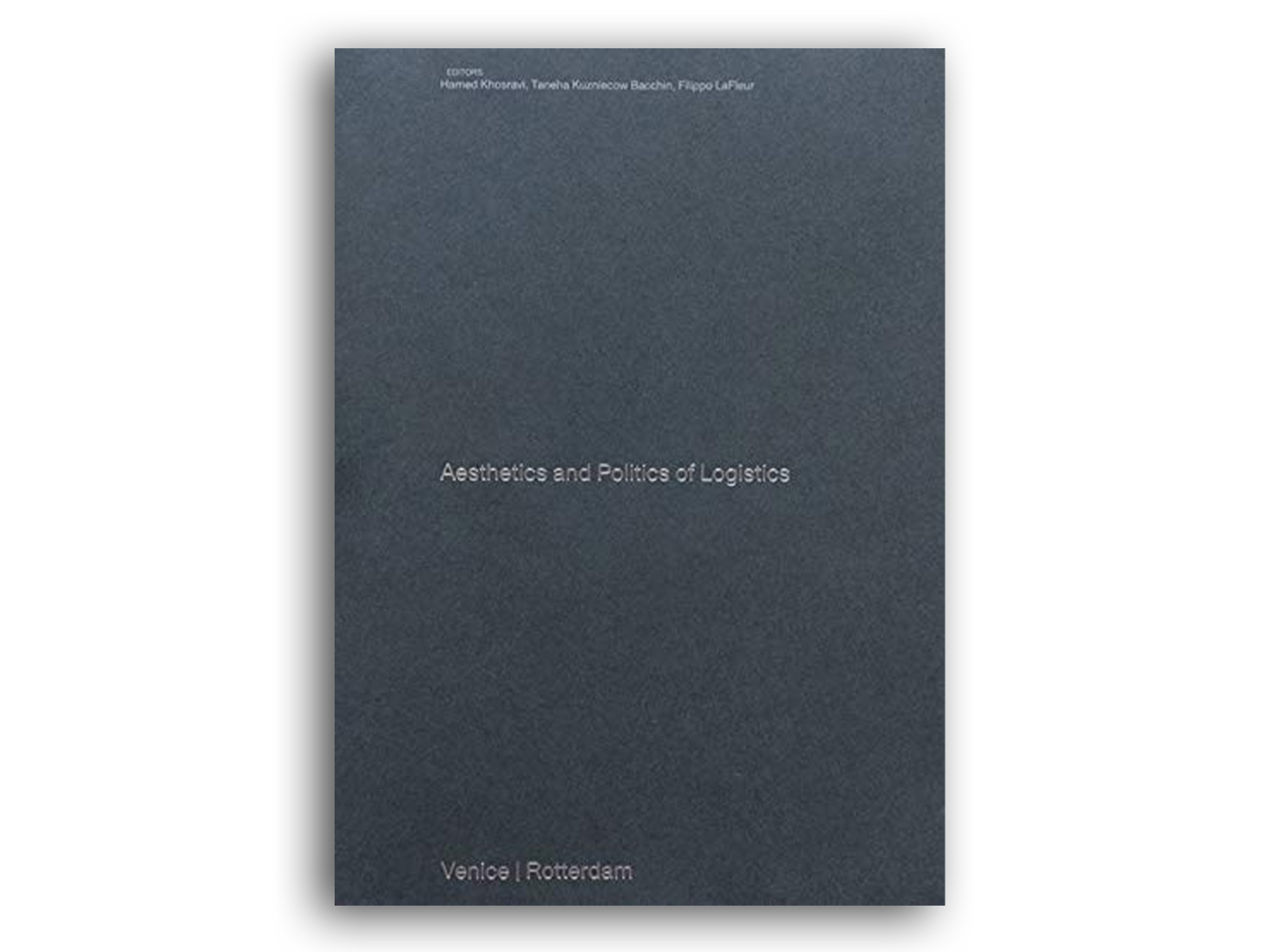Excerpt:
“The thawing of the Arctic ice shelf is ironically uncovering vast reserves of the same fossil fuels that provoked its depletion. Already we face contested territorial claims and the emerging prospect of the urbanization of the North, with plans to develop deepwater shipping ports to plug this remote region into global networks of trade. Yet the territorial claims of the ‘New Cold War’ are not so new. In the 1960s the Canadian government deployed permanent forms of architecture – specifically prefabricated housing – in an effort to assert its sovereignty in the Arctic. While this imported ‘southern’ model of housing may have instilled new notions of comfort and durability, it neglected the cultural and sustainable intelligence of traditional dwellings and altered the nomadic lifestyle of various Inuit groups, severing the connection to the dynamic landscape. The construction of the hermetic containers – heavily reliant on imported materials, with high energy, labor, and transport costs – has helped fuel a housing crisis, leading to overcrowding and deprivation. These housing types nevertheless continue to form the template for Arctic shelter and settlements in Canada today.
Iqaluit, the capital of the territory of Nunavut, translates as ‘place of many fish’. While the area was originally settled around this critical resource, the construction of a US airbase in 1942 played a crucial role in stabilizing its population and allowing it to grow to around 7,000 inhabitants. Like many northern Canadian communities, Iqaluit depends on the importation of goods during a short shipping window in the summer months, as the ice shelf migrates north. But despite the shipping port’s crucial importance, it is difficult to locate it within Iqaluit. There are no gantry cranes here, little land for staging and, perhaps most interestingly, the port is not fenced off from the general public. Operating for the three to four months a year when vessels can navigate to this remote region, Iqaluit’s port has virtually no hard infrastructure and instead relies on soft technologies to unload and distribute goods. Over the course of a summer, some 50 to 60 vessels arrive with vital collective supplies as well as everyday goods. Because the harbor is shallow, the larger cargo ships (typically no bigger than Liberty-class merchant vessels) anchor at a distance from the shore. From here, these crane-bearing cargo ships, referred to as sealifts, move crates and containers onto barges that shuttle to the water’s edge. As the tide goes out – a 10m-high tide uncovering expansive tidal flats – large cars and trucks traverse the wet landscape to offload goods from the barges. In some cases, the cargo ships are tethered and accessed directly by vehicles that navigate the shore at low tide. The unique use of simple systems that work with seasonal transformations – exploiting tidal cycles and the shifting line between land and water while at the same time allowing the public direct access to their goods – has woven the port into the fabric of everyday life.”
